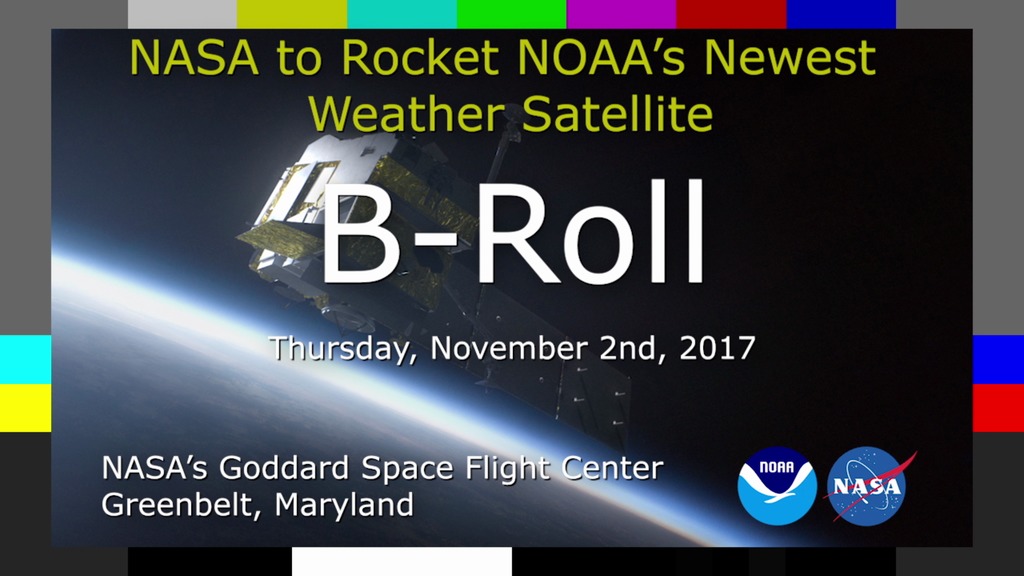The Joint Polar Satellite System
JPSS -- THE JOINT POLAR SATELLITE SYSTEM
The Joint Polar Satellite System, or JPSS, is a collaboration between the National Oceanic and Atmospheric Administration (NOAA) and the National Aeronautics and Space Administration (NASA). This interagency effort is the latest generation of U.S. polar-orbiting, non-geosynchronous environmental satellites. As the backbone of the global observing system, JPSS polar satellites circle the Earth from pole-to-pole and cross the equator about 14 times daily in the afternoon orbit—providing full global coverage twice a day. Satellites in the JPSS constellation gather global measurements of atmospheric, terrestrial and oceanic conditions, including sea and land surface temperatures, vegetation, clouds, rainfall, snow and ice cover, fire locations and smoke plumes, atmospheric temperature, water vapor and ozone. JPSS delivers key observations for the Nation's essential products and services, including forecasting severe weather like hurricanes, tornadoes and blizzards days in advance, and assessing environmental hazards such as droughts, forest fires, poor air quality and harmful coastal waters. Further, JPSS will provide continuity of critical, global Earth observations— including our atmosphere, oceans and land through 2038.
For More Information
Credits
Please give credit for this item to:
NASA's Goddard Space Flight Center
-
Producer
- Michael Starobin (KBR Wyle Services, LLC)
-
Technical support
- Aaron E. Lepsch (ADNET Systems, Inc.)
-
Animator
- Lisa Poje (USRA)
-
Music composer
- Jason Camiolo (Self)
Release date
This page was originally published on Friday, June 23, 2017.
This page was last updated on Wednesday, May 3, 2023 at 1:47 PM EDT.
